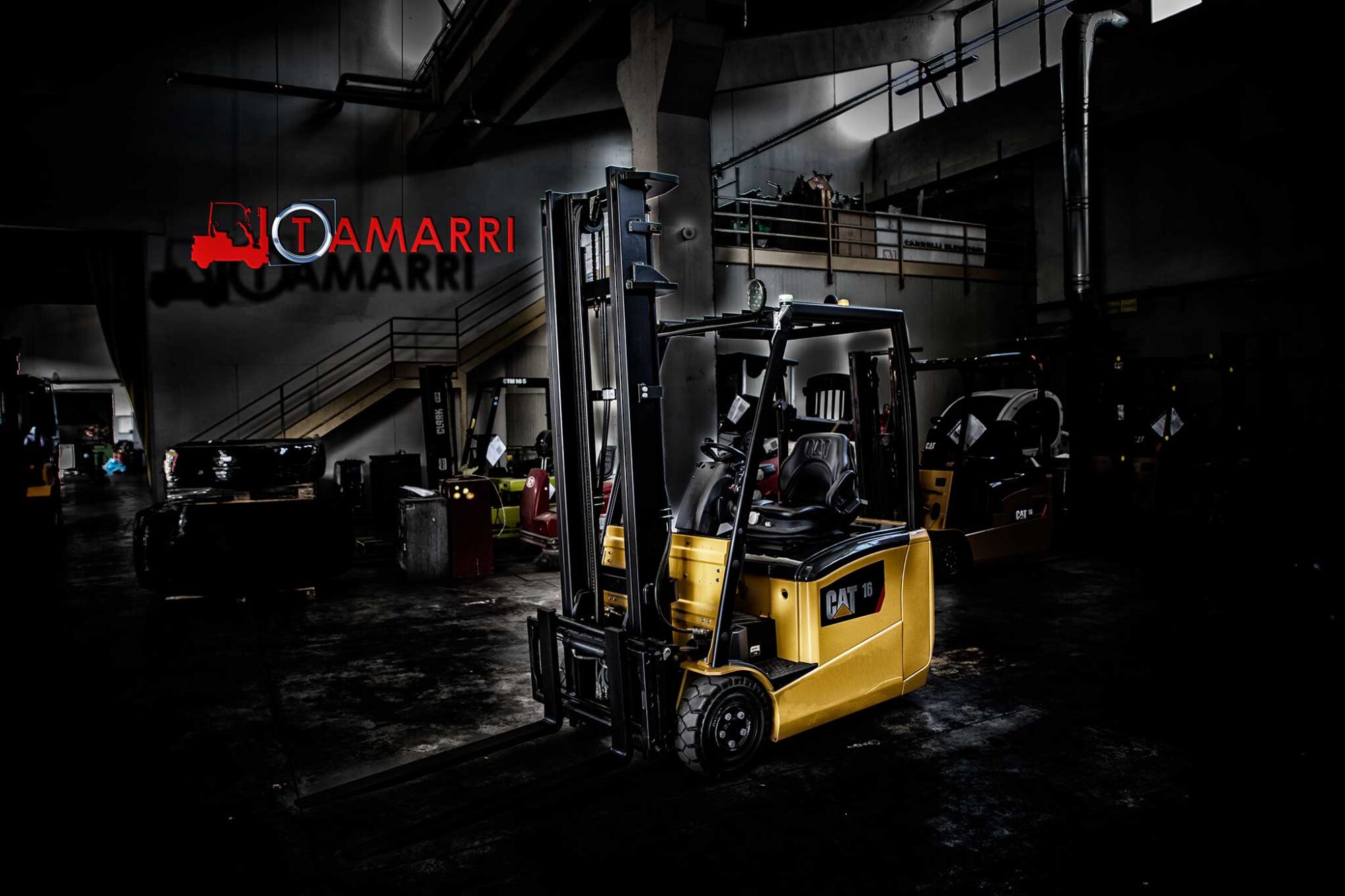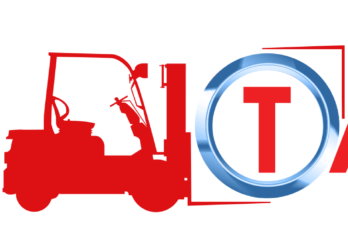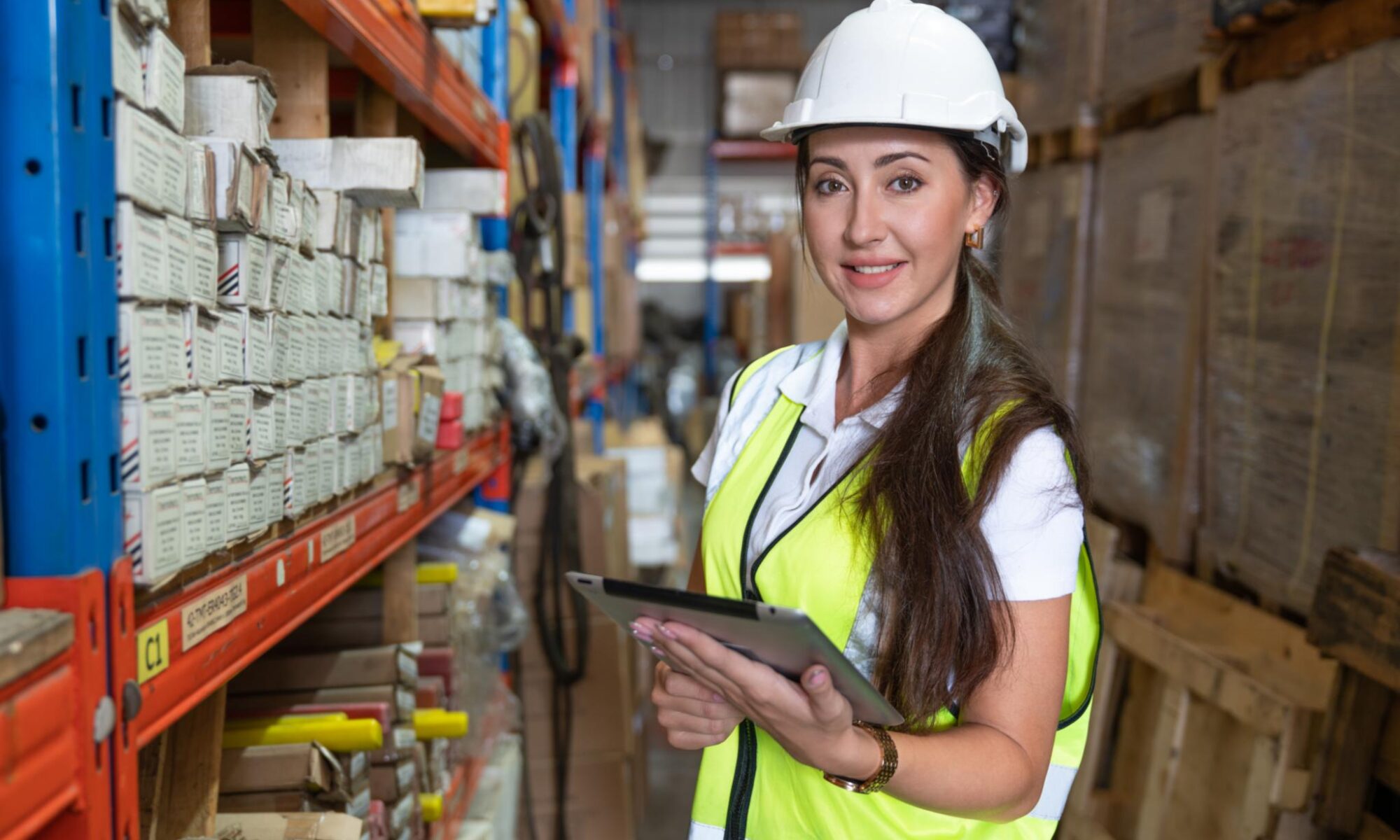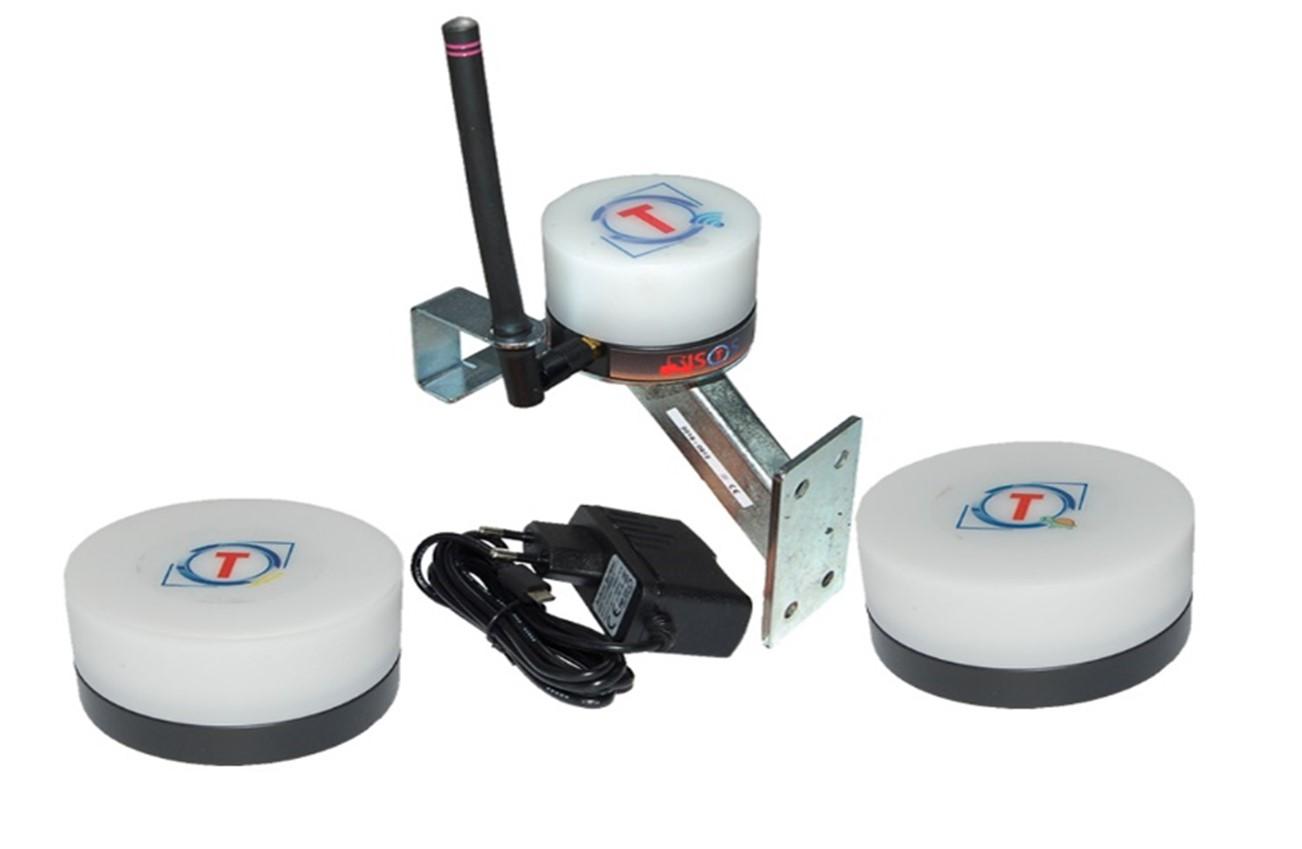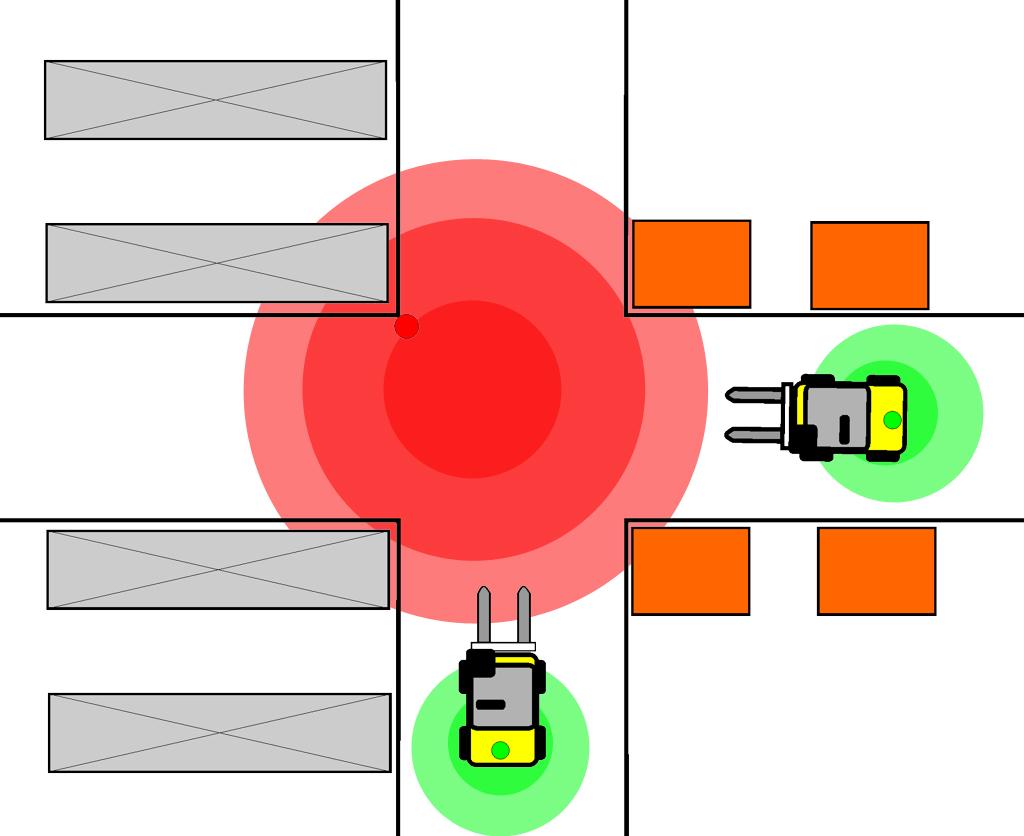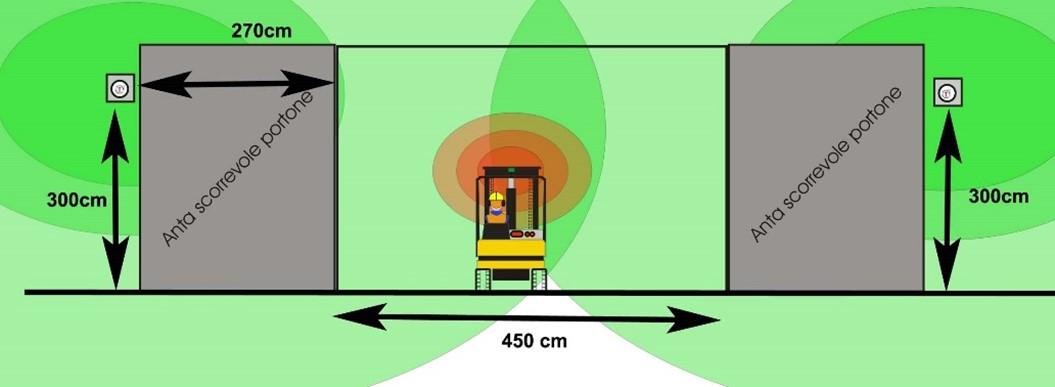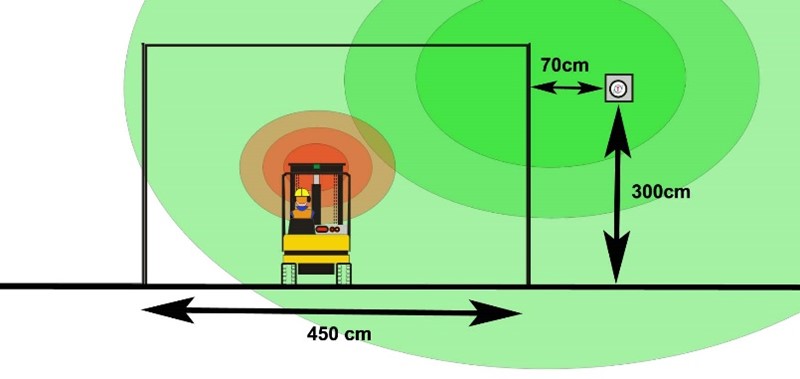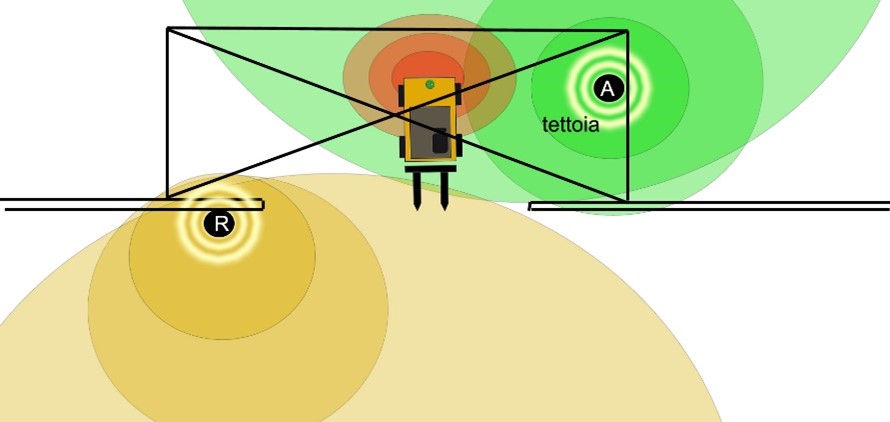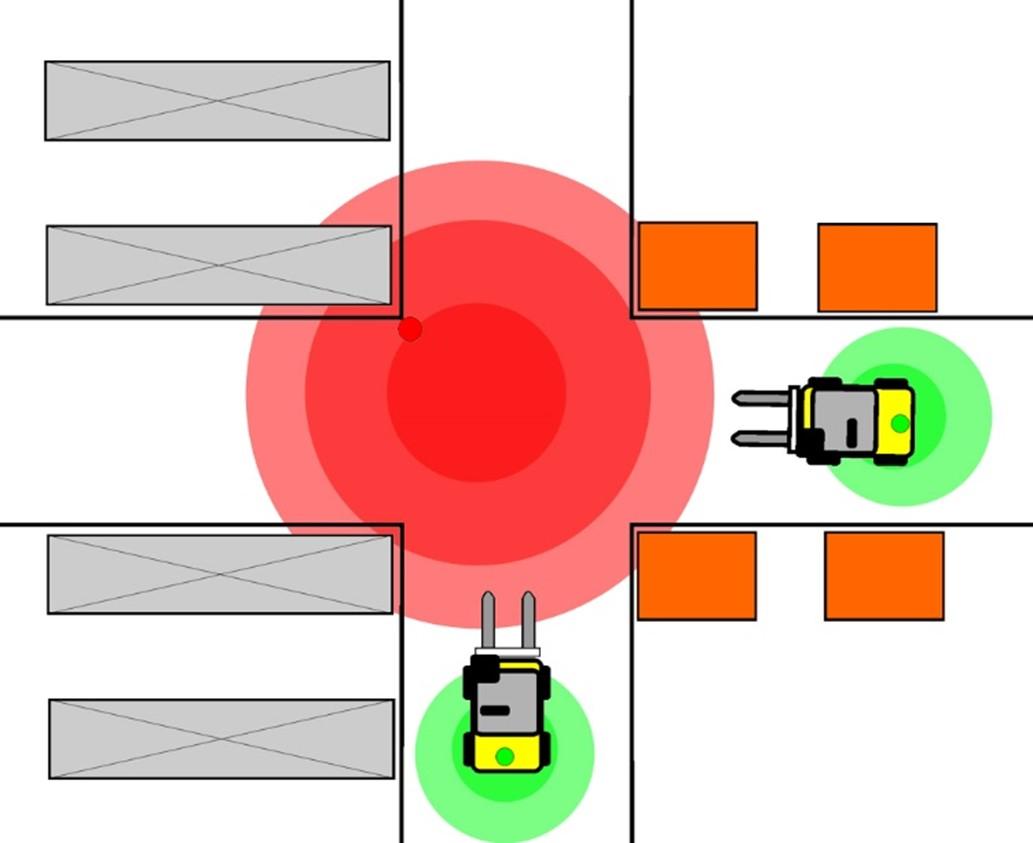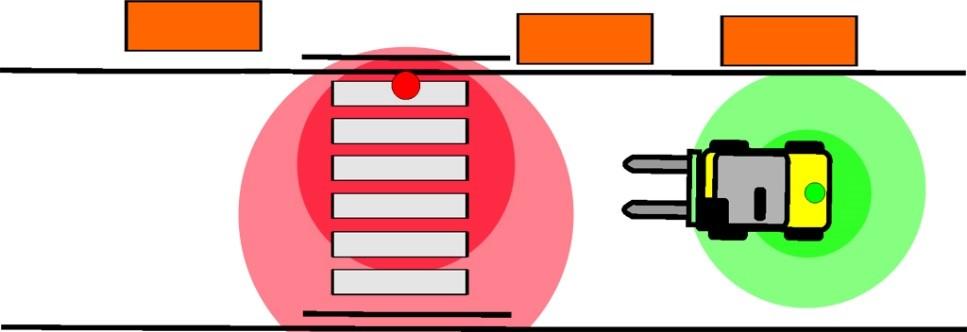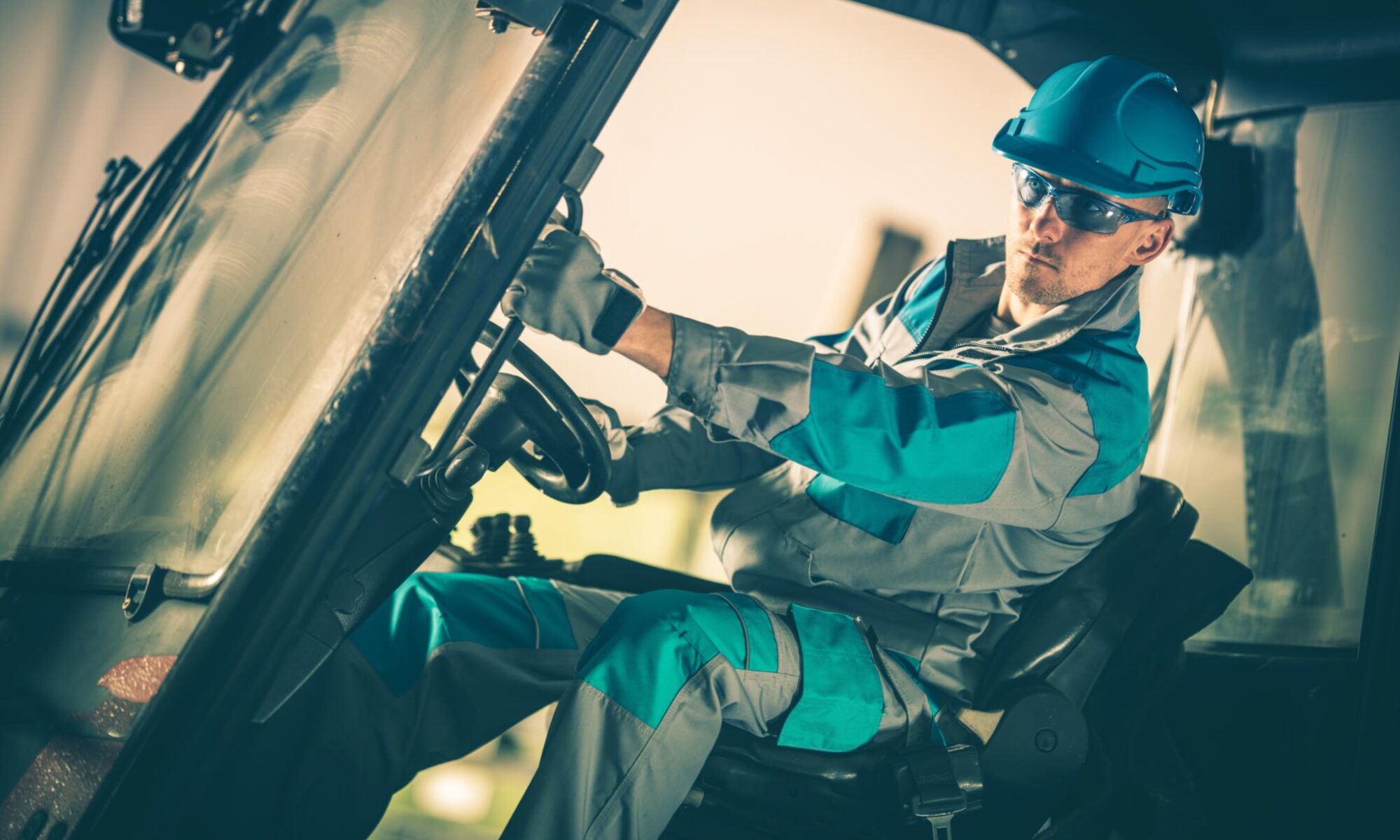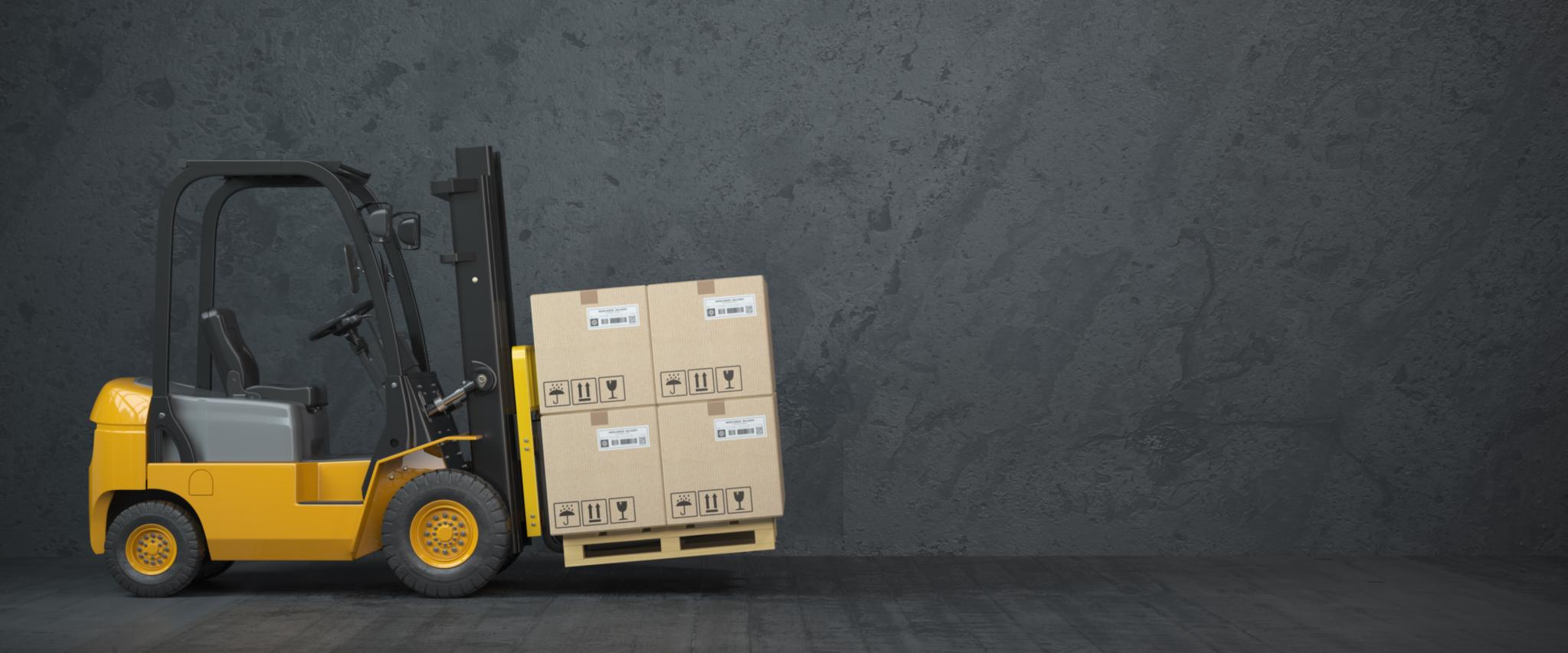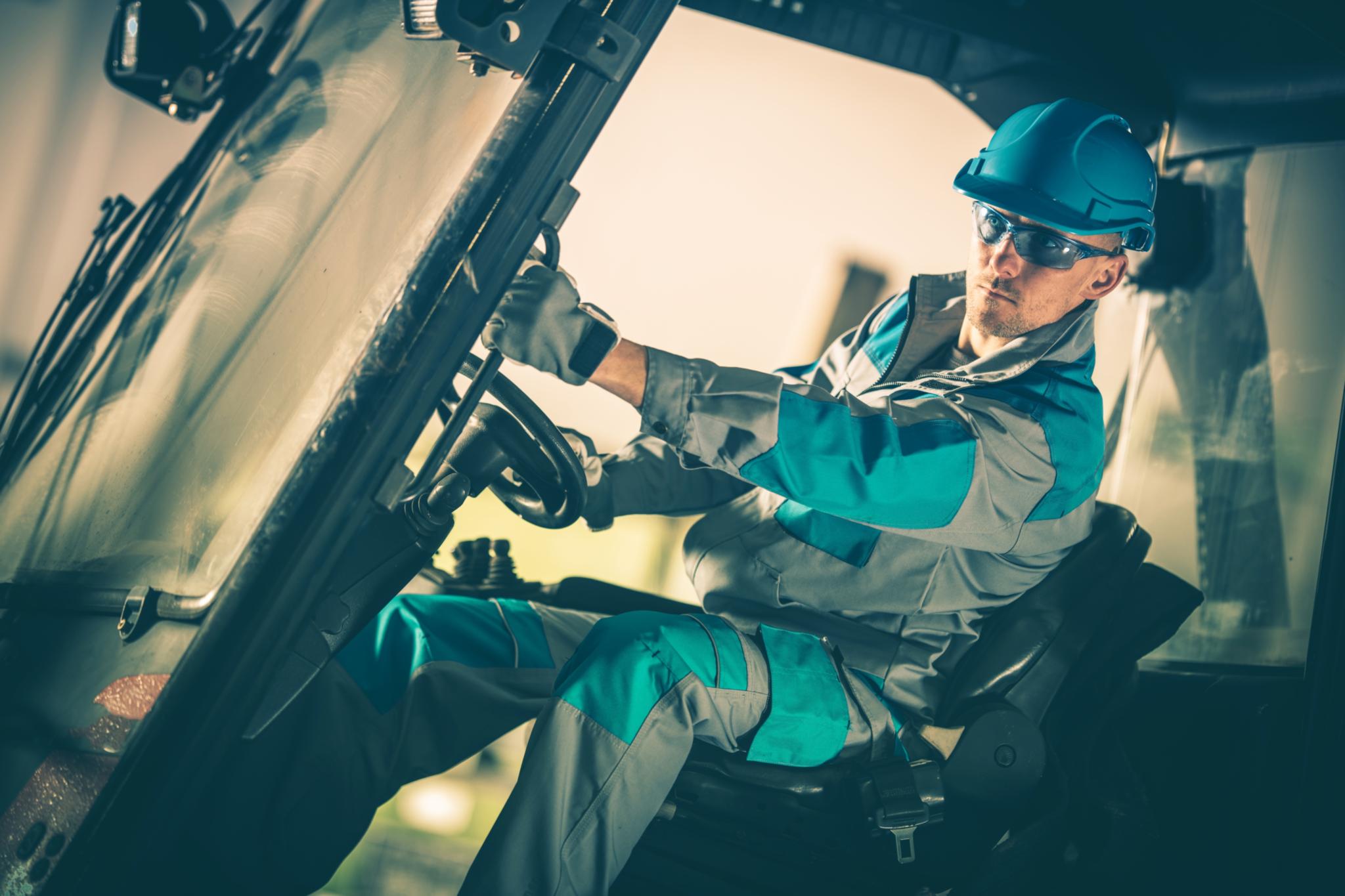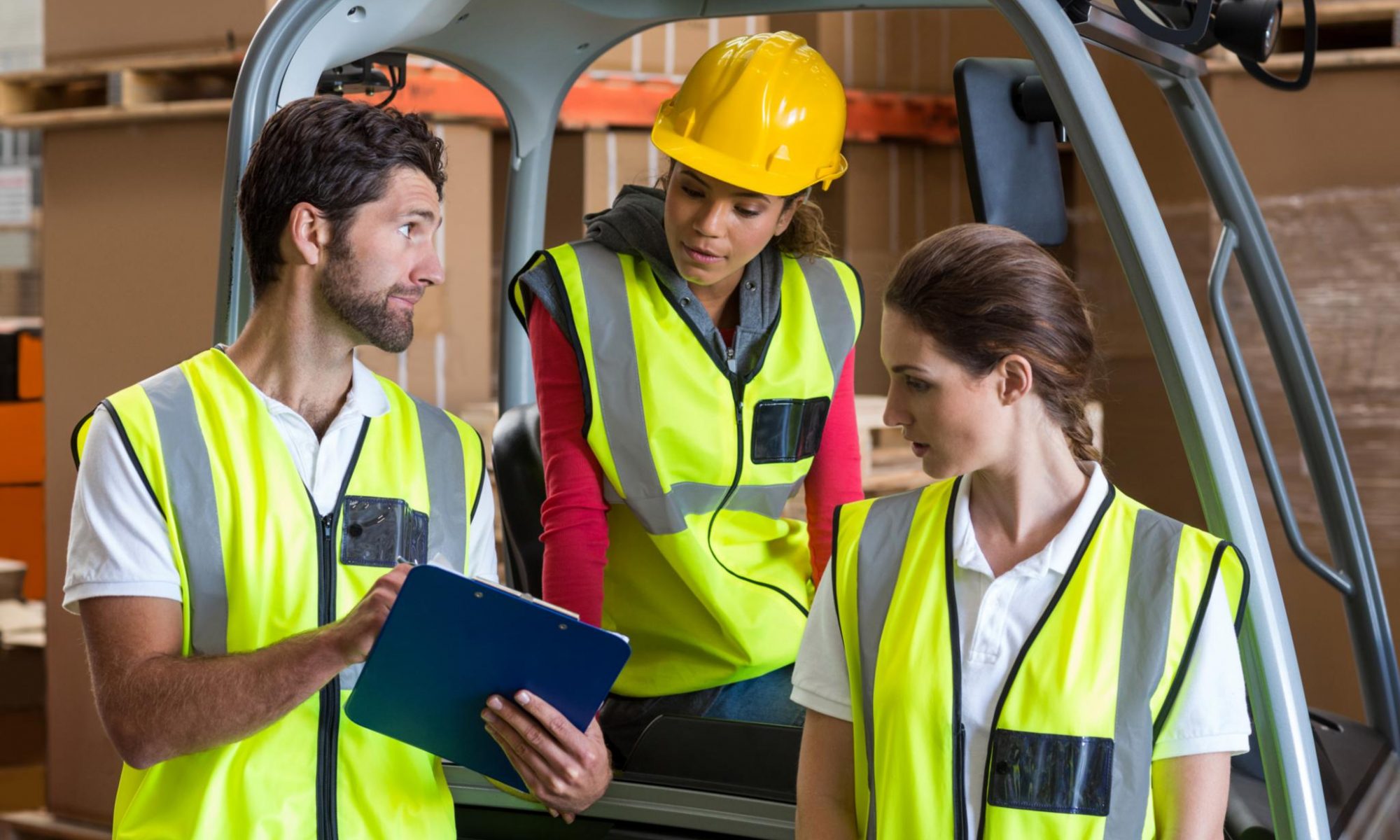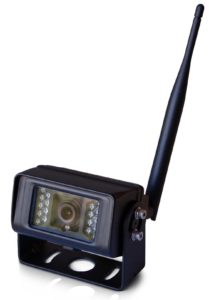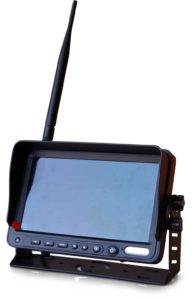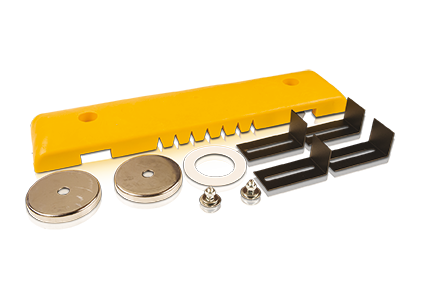Choosing components: If you are responsible for managing a fleet of forklifts, you know how crucial it is to keep your machines in perfect working order. In this article we will discover everything you need to know about the proper functioning of your forklifts.
How to choose components: the quality of the components
Forklifts are essential tools in many industries and their efficiency largely depends on the quality of their components. In particular, earthmoving components play a fundamental role in ensuring the stability, safety and performance of forklifts. In this article, we will explore how to choose the ideal earthmoving components for your fleet, thus ensuring maximum efficiency and operational safety.
How to choose components: evaluate the needs of your fleet
The first step in choosing the ideal earthmoving components for your forklift fleet is to fully understand the specific needs. Each fleet may have different requirements based on the sector in which it operates, the load it transports and the environmental conditions in which it works. Carry out a detailed assessment of the following areas:
- Weight and load capacity: Consider the maximum weight your forklifts must lift. Make sure earthmoving components are designed to handle heavy loads safely.
- Work environment: environmental conditions, such as the presence of bumpy, dirty or wet surfaces, influence the choice of earthmoving components. You will need to consider tires, shock absorbers and other parts according to the usage environment.
- Type of forklift: reach trucks, side trucks, telescopic boom forklifts – each type of forklift requires specific earthmoving components to ensure optimal performance.
- Preventive maintenance: Evaluate your preventive maintenance strategy. High-quality components may require a higher initial outlay, but can reduce maintenance costs in the long term.
How to choose components: consult industry experts
Choosing the ideal earthmoving components can be a complex task, especially if you are not an expert in the field. In these cases, it is advisable to consult industry experts or reliable forklift parts suppliers. They can help you identify quality components that meet the specific needs of your fleet.
Experts can also offer advice on component compatibility and compliance with safety regulations. Investing in trusted relationships with qualified suppliers is often a wise step to ensure smooth operations.

How to choose components: quality and safety
When choosing earthmoving components for your fleet, it is essential to place a strong emphasis on quality and safety. Opting for low-cost but poor-quality components can lead to frequent failures and dangerous situations. Instead, look for certified products from renowned brands, even if they require a larger initial investment.
Forklift safety is of primary importance, as a malfunction can result in serious injury or property damage. High quality components will help reduce the risk of accidents and increase the efficiency of your fleet.
Monitor and maintain components
Once you have chosen the ideal earthmoving components, the management of your fleet does not end. It is essential to implement a regular monitoring and maintenance program to ensure that components continue to function reliably over time. Preventative maintenance can help prevent costly failures and extend the life of components.
Choosing spare parts: maximizing the efficiency and longevity of forklifts, reducing the risk of accidents
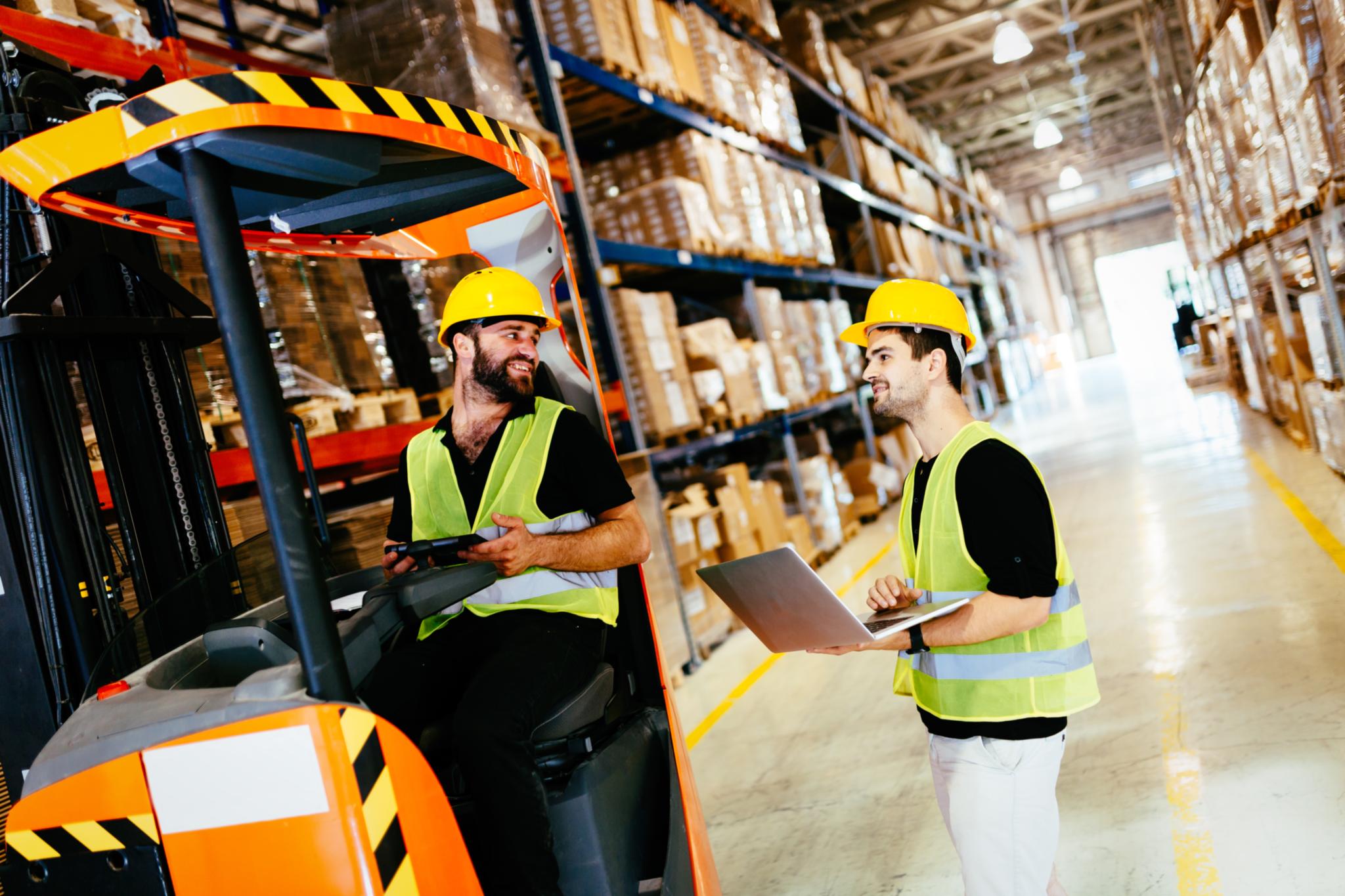
Choosing the ideal earthmoving components for your forklift fleet is a critical decision that directly impacts the performance and safety of your operations. Take the time to carefully evaluate your fleet’s needs, consult industry experts and invest in high-quality components.
This approach will help you maximize the efficiency and longevity of your forklifts, while reducing the risk of accidents and costly downtime.
